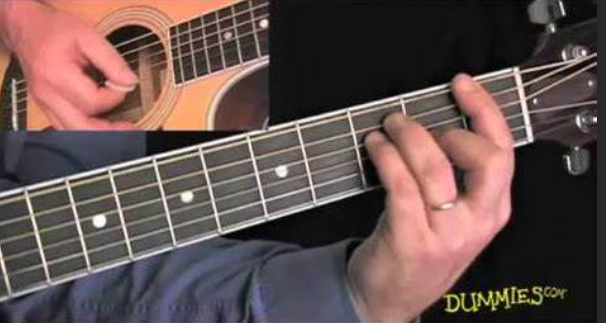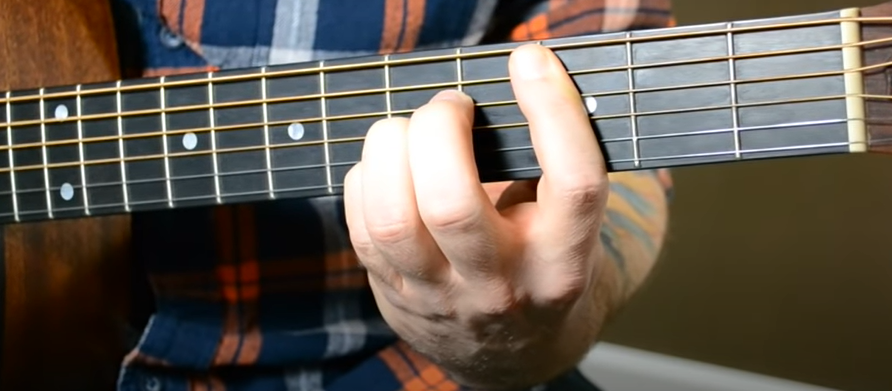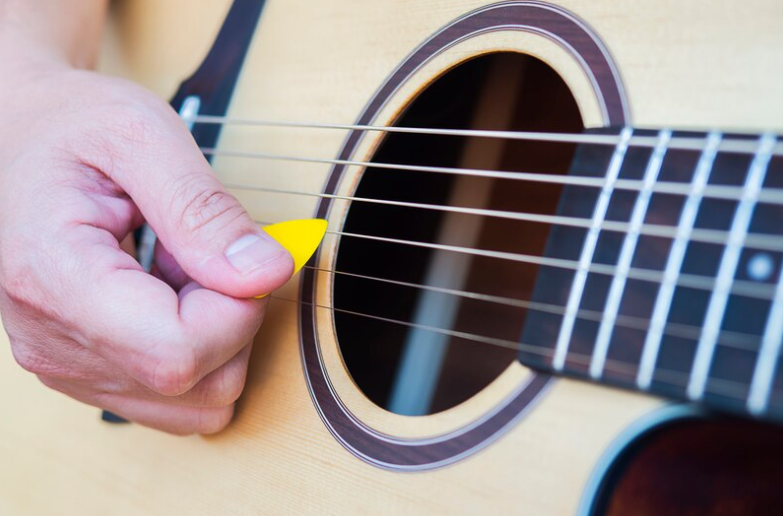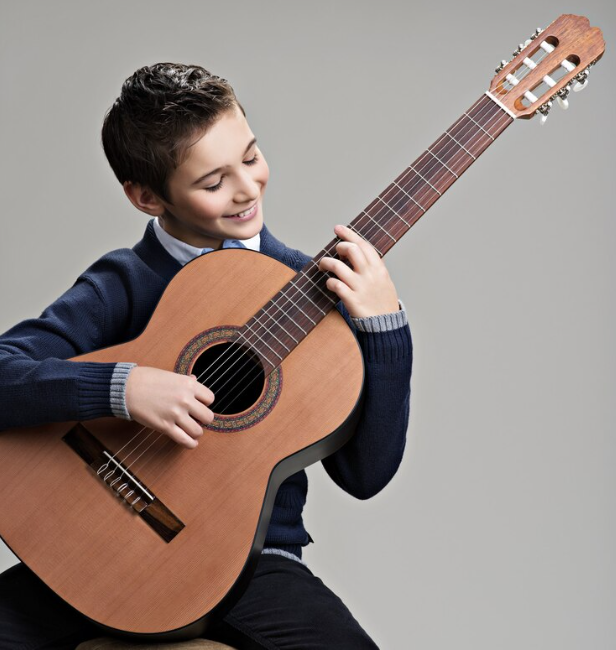Everything You Need to Know to Play The C Barre Chord
Ever imagined yourself standing on a stage, your fingers dancing across the guitar, striking the perfect C major barre chord that echoes through the auditorium? Picture it. Feel it. You’re not just strumming a guitar, my friend, you’re weaving a story with six strings.
Welcome to this “How To” made from years of finger-aching pressure… where we’re going to unlock the secrets of the C major barre chord together. You see, this isn’t just any old chord. It’s the cornerstone, the beating heart of guitar music. Every guitarist worth their salt has this chord in their toolkit. But what makes the difference is how well you can play it, how you make it sing. Are you ready to master the nuances, to strike that chord with confidence and finesse, to make your guitar sing? Let’s press on, shall we (get it?)
The Thorough History of the C Major Barre Chord
The C Major Barre Chord, often referred to as the C bar chord, holds a significant place in the history of guitar playing, tracing its roots back to the early development of the instrument and evolving alongside various musical genres.
Early Beginnings
The history of the barre chord, including the C Major variant, begins with the classical guitar. In classical music, the ability to play chords across the fretboard was essential for guitarists. This need led to the development of the barre technique, where a finger (usually the index) is used to press down multiple strings across a single fret, allowing for a full chord to be played in different positions on the neck. The C Major chord, traditionally an open chord in its basic form, gained a new dimension with this technique.
Renaissance and Baroque Periods
During the Renaissance and Baroque periods, the guitar was primarily a rhythm instrument. The use of barre chords, including the C Major bar chord, allowed for more harmonic variety and a richer sound. This period laid the groundwork for more complex guitar playing, which would be fully realized in later centuries.
Classical and Romantic Eras
In the Classical and Romantic eras, guitarists like Fernando Sor and Francisco Tárrega began to explore the full potential of the guitar as a solo instrument. They incorporated the C Major barre chord into their compositions, taking advantage of its ability to play in various positions on the fretboard, thereby expanding the harmonic possibilities of the guitar.
Jazz Age
The Jazz Age saw a transformation in the use of barre chords. Jazz guitarists required a more versatile approach to chord playing due to the genre’s complex chord progressions and frequent key changes. The C Major barre chord was used extensively for its ability to easily transition through different chord shapes and keys.
Rock and Roll and Beyond
In the rock and roll era, the electric guitar brought new popularity to barre chords. The C Major barre chord was no exception. Rock guitarists often used it for its full, resonant sound, which suited the loud, electrified nature of the genre. This era also saw the rise of guitarists like Jimi Hendrix and Eric Clapton, who further popularized the use of barre chords.
Modern Usage
Today, the C Major barre chord is ubiquitous across various music genres, from pop to rock, blues to country. It’s valued for its versatility and the full sound it offers, essential for both rhythm and lead guitar playing.
Step-by-Step Guide to Playing the C Major Barre Chord
The C Major Barre Chord is a versatile and essential shape for guitarists, allowing you to play the C major chord in different positions on the fretboard. There are two main positions for playing this chord: one based on the E major shape and the other on the A major shape. Here’s a thorough guide on how to play both:
1. C Major Barre Chord Based on the E Major Shape

Step 1: Find the Root Note
- Locate the root note of the C major chord on the low E (6th) string. This note is found on the 8th fret.
Step 2: Barre the 8th Fret
- Place your index finger across all six strings at the 8th fret. Make sure your finger is straight and pressed down firmly to avoid any buzzing sounds.
Step 3: Form the E Major Shape
- Place your ring finger on the 10th fret of the A (5th) string.
- Place your pinky finger right below it on the 10th fret of the D (4th) string.
- Place your middle finger on the 9th fret of the G (3rd) string.
Step 4: Strum the Chord
- Strum all six strings, ensuring each one rings out clearly. Adjust your fingers as needed if any strings are muted or buzzing.
2. C Major Barre Chord Based on the A Major Shape

Step 1: Find the Root Note
- The root note for this shape is on the A (5th) string. For the C major chord, this is the 3rd fret.
Step 2: Barre the 3rd Fret
- Barre your index finger across all strings starting from the A (5th) string down to the high E (1st) string at the 3rd fret.
Step 3: Form the A Major Shape
- Place your ring finger across the D (4th), G (3rd), and B (2nd) strings at the 5th fret. Some guitarists use three fingers (ring, middle, and pinky) for this, but using one finger to barre these strings is more common and efficient.
Step 4: Strum the Chord
- Strum from the A (5th) string down. Avoid hitting the low E (6th) string. Ensure that each string sounds clear and vibrant.
Additional Tips
- Finger Placement: Ensure your barring finger is as close to the fret as possible without being on top of it. This position allows for clearer sound production.
- Hand Position: Keep your thumb at the back of the guitar neck for support. This position helps in applying the necessary pressure on the fretboard.
- Practice Regularly: Start slowly and practice the chord shapes regularly. Over time, your fingers will become stronger and more flexible, making it easier to form these chords.
- Transitioning Between Shapes: Practice transitioning between the two shapes of the C major barre chord and other chords to build muscle memory and increase fluidity in your playing.
Common C Major Barre Chord Shapes
- E Major Shape: This is played by barring the 8th fret (where the root note, C, lies on the low E string) and positioning the other fingers to form an E major chord shape.
- A Major Shape: This involves barring the 3rd fret and using the open A major chord shape with your other fingers.
Transitioning to the C Major Barre Chord
Transitioning to barre chords can be challenging for beginners. It requires developing finger strength and dexterity. Start with simpler chords and gradually incorporate the C major barre chord into your practice.






